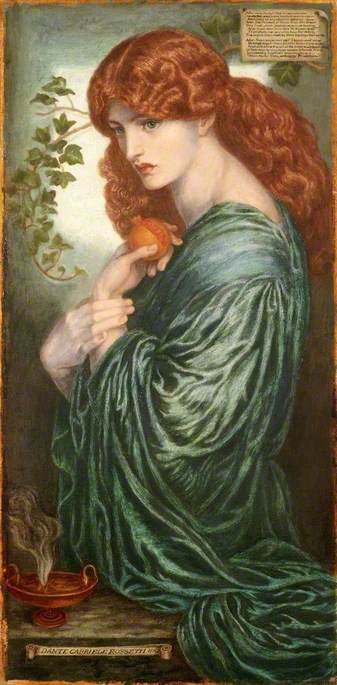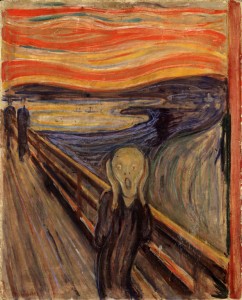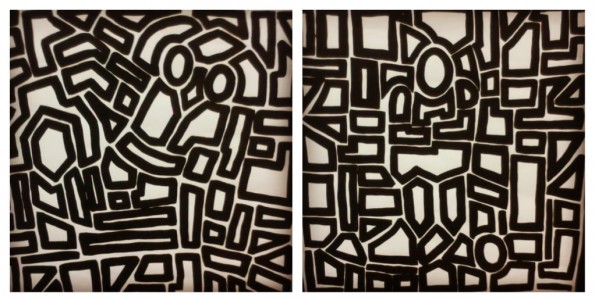Dementia is defined as 'a chronic or persistent disorder of the mental processes caused by brain disease or injury and marked by memory disorders, personality changes, and impaired reasoning.'
This coldly clinical statement fails to recognise the capacity for joy, sadness, laughter, expression and connection in those living well with dementia.
As an arts educator, I've had the privilege of witnessing first-hand how art can be a vehicle for wellbeing. Last year, whilst working for Birmingham Museum and Art Gallery and the Arts Council Collection, I embarked on a series of outreach art session working with clients in their 70s, 80s, 90s and above, all with varying stages of dementia. Art from the collections became a powerful tool for conversation, stimulus and sharing. This is recognised by Age UK's recent publication of its wellbeing index, ranking cultural and creative participation the highest contributing factor to living well.
Is that connection to art always positive? Sometimes I found it wasn't – abstraction, for example, can be challenging to those without dementia. Living in a changing state of mood, perception and reality makes abstract art not just hard, but detrimental in some. The confusion that some artworks foster works on the presupposition that we can untangle a riddle. Moments like these can be unforgiving to those with dementia. As boundaries fall through dementia, honesty can sear like a knife. Vivid memories can become real and hurt.
One piece of sharing I witnessed triggered a war veteran to remember a moment of violence and death, a deeply distressing time. Ethical engagement, preparation and working closely with carers to mitigate this is vital.
Empathise when considering accessing work like Francis Bacon's Figures in a Landscape, Paula Rego's The Family, or David Hockney's We Two Boys Together Clinging – beautiful works that speak volumes yet which are complex to read.
More often than being negative, however, I've found the connection with art and dementia incredibly positive. One client I worked with was introduced to us as unresponsive and unlikely to engage. Within five minutes of an object handling session, seeing artwork live on screen, listening to the accompanying music and talking to us, she began to share and shine. In this brief window, she pointedly asked us 'never to take beauty for granted'. When she returned to an unresponsive state later, I was incredibly moved and privileged to have been part of this exchange.
Art is wired into our life stories and memory. Pieces of art serve as unchanging in the landscape of our lives – art seen as a child can be returned to with their own children in later life, and further on as grandparents.
One client at Birmingham Museum and Art Gallery had not seen her beloved Pre-Raphaelite artworks in person for nearly 30 years. She vividly returned to that time in her life and youth in front of us, recalling in detail the layout of the galleries in the 1960s and 1970s, and how her son once got lost causing staff to hunt for him in the then-cavernous galleries. 'I never thought I'd see these again, thank you so much' was the feedback – feedback that made my heart feel very full that day.
Rossetti was a familiar friend and tool for remembrance – something the artist may never have considered when making his works. The capacity to giggle and relax asserts itself in fun moments with Dan Hayes' Guinea Pig, for example.
This year a close relative of mine received their dementia diagnosis. Moving through the changes this brings, I see their personality shine even during the moments that break my heart. Art has taught me the multitude of ways in which others can live well with dementia. To those who love, work with, or make art – let's not take beauty for granted.
Jon Sleigh, freelance arts educator

































